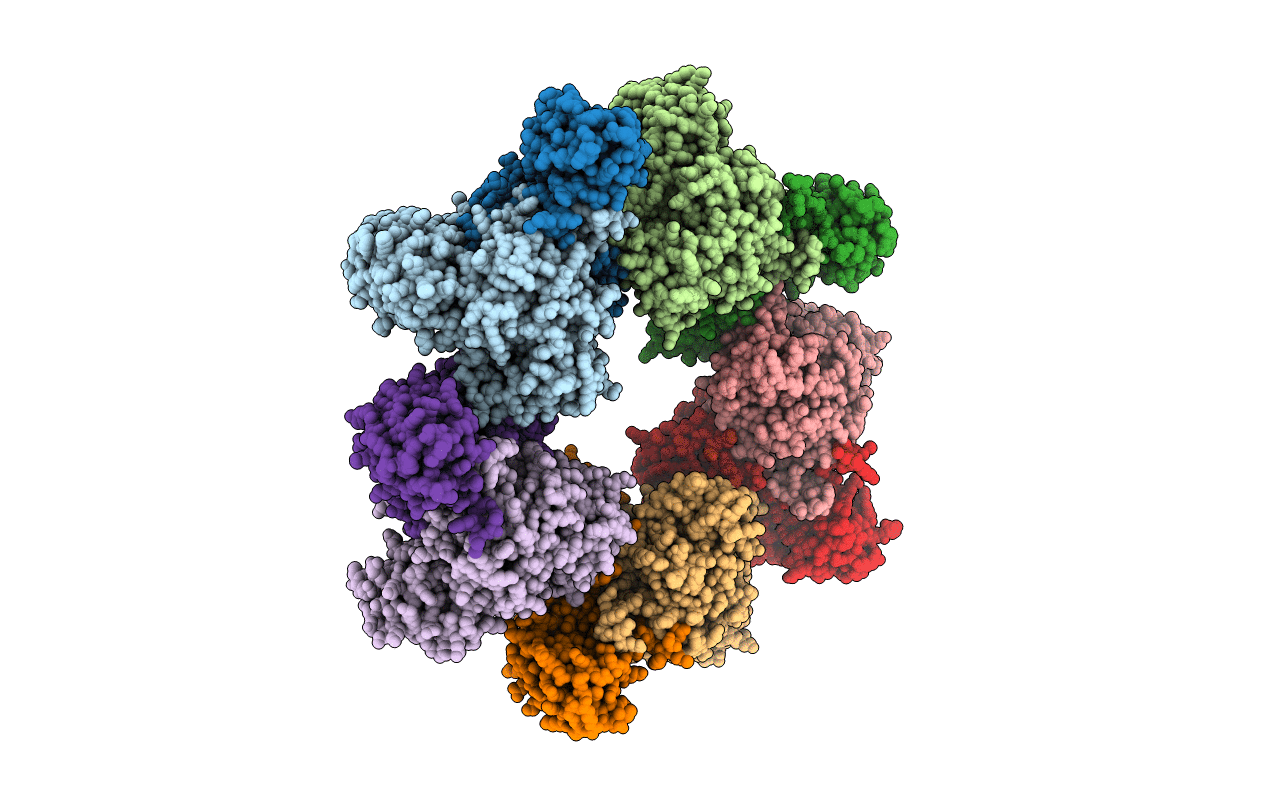
Deposition Date
2012-11-15
Release Date
2013-06-05
Last Version Date
2025-03-26
Entry Detail
PDB ID:
3W1I
Keywords:
Title:
Crystal structure of the N-terminal truncated selenocysteine synthase SelA
Biological Source:
Source Organism:
Aquifex aeolicus (Taxon ID: 224324)
Host Organism:
Method Details:
Experimental Method:
Resolution:
3.19 Å
R-Value Free:
0.23
R-Value Work:
0.17
R-Value Observed:
0.17
Space Group:
P 1 21 1


